If you’re a jewelry lover, you must be familiar with diamonds, rubies, emeralds, sapphires, pearls, topaz, and so on. Every now and then, rarer gemstones like tanzanite, jadeite, morganite, and, yes, moissanite make a blip on your radar. And once in a while, you hear people compare Moissanite vs lab-grown diamonds.
Yes, they are frequently compared to help potential jewelry buyers make righteous decisions. And this article aims to do that. But first, get to know them more so you won’t be flying blind.
Moissanite vs Lab-grown Diamonds
Moissanite: a Gemstone from the Stars
Natural moissanite, not unlike the one in this DovEggs review, is named after its discoverer, Dr. Henri Moissan, a French chemist. While doing exploratory work in 1893 around the crater of the Diablo Canyon in Arizona, he came across tiny bits of stones he initially thought were diamonds.
However, after 11 years of extensive study, he realized that his ‘discovery’ was, in fact, natural silicon carbide—not diamonds.
But this has not diminished moissanite’s affiliation with diamonds. High-quality moissanite stones are also colorless, radiant, and refractive of light. And its hardness is only a few notches lower than that of a diamond. It also has excellent thermal conductivity, and great optical properties, making it suitable for industrial use as well.
An average person can’t tell the difference between moissanite and a diamond of the same quality level. And if you’re entertaining the question, “Can I pass off my moissanite as a diamond? The answer is a resounding “Yes.”
But natural moissanite is born from the stars and, thus, extremely rare.
For this reason, moissanite jewelry in the market today is lab-created. And here’s a bit of irony—two years before Dr. Moissan discovered natural silicon carbide, man has already been making lab-created varieties for industrial purposes
How is Moissanite Made
The process of making lab-grown moissanite is long, tedious, and expensive. To illustrate the point, it takes two to three months to make one gem-quality moissanite.
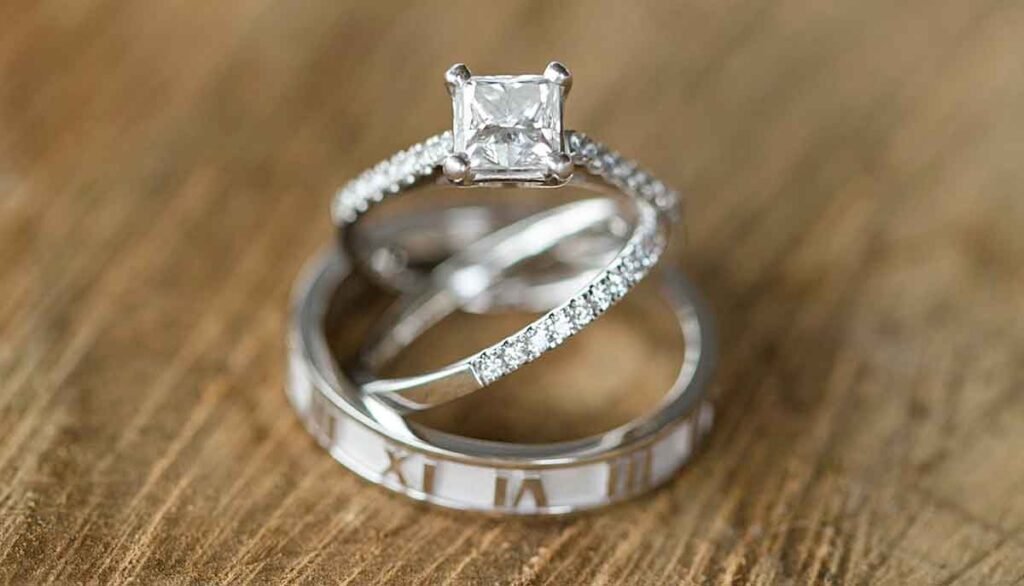
There is only one company in the world that does this—moissanite manufacturer Charles and Colvard. And they are not sharing any information regarding the actual process of making a moissanite gem with a refractive index (ratio between the velocity of light in air and velocity of light in a gemstone) of 2.65 to 2.69, and fire dispersion (the splitting up of light into its individual wavelength) of 0.104.
What are Lab-grown Diamonds
Lab-grown diamonds, like the one in this Robins Brothers review, provide the perfect alternative to expensive diamonds. However, they only account for about 2% to 3% of stones used in diamond engagement rings. Nevertheless, you must know what they are and how they are made.
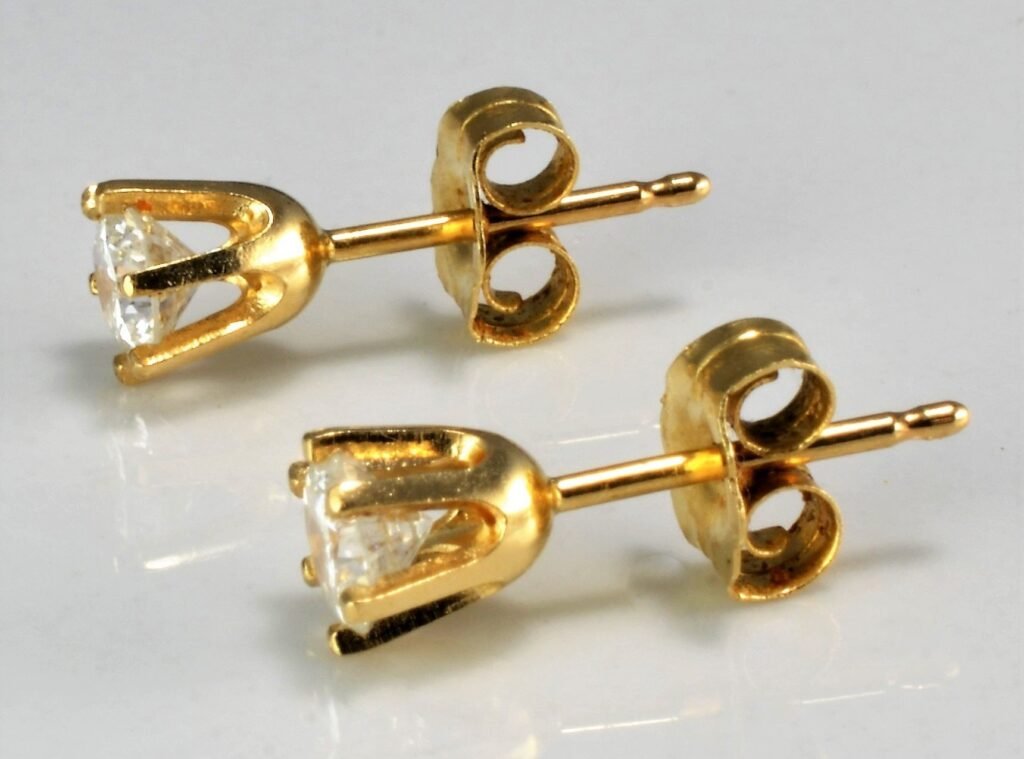
In around 1797, scientists discovered that diamonds are pure carbon. This piqued the interest of several scientists to try to convert household coal into diamonds. Among them were James Hannay and Henri Moissan. Together, they put a piece of charcoal and a bit of iron inside a crucible. Then they heated the mixture to 3,500 deg C. Though they failed, it did not deter other scientists from conducting their own experiments.
Finally, in the 1940s scientists in the United States finally succeeded in making the gem in the lab using the CVD (chemical vapor deposition) and HPHT (high pressure, high temperature) methods. Their initial output had unique properties fit for industrial purposes like high electrical resistance, thermal conductivity, hardness, and optical transparency.
Then in the 1950s, GE (General Electric) succeeded in mass-producing them and, at the same time, improving its quality. By the 1980s, gem-quality lab-grown diamonds entered the jewelry market.
Ethics and Sustainability
Millennials generally favor lab-grown diamonds over natural diamonds for cost, ethical, and sustainability reasons.
A few decades ago, a carat of a lab-created diamond was more expensive than that of a natural one. Now it is about 50 to 60% cheaper.
Since diamonds were first mined in the late 1800s, the industry has been engulfed in controversies, such as labor exploitation, paying protection money to lawless elements, and environmental issues. It causes soil erosion, pollution, and deforestation.
Lab-grown diamonds have none of these issues.
Because of all these, traditional mining companies have entered into the lab-diamond growing business. In 2018, De Beers, the leading diamond mining company, launched its Lightbox, a new brand of lab-grown diamonds.
Moissanite vs Lab-grown Diamonds
Every year, about 1.8 million engagement rings are sold in the US. And 96% of these are diamond rings. Statistically, diamonds are still the preferred choice when it comes to this type of jewelry item.
But as the baby boomers are slowly giving way to millennials, the trend has slowly veered off-course. It’s not that they have a beef against this most precious of precious stones. In fact, millennials spent a hefty $26 billion on the stones in 2015—when they were younger. Now that they have come of age, and are about to settle down, they have become more conscious of their spending, and ambivalent to committed relationships. Corollary to that, millennials are:
- Not so keen on getting married. For them, c0-habitation is more convenient and practical.
- They value experiences over things. For example, a grand wedding celebration or a honeymoon is worth spending a fortune on rather than a ring.
- More are inclined to non-traditional rings and diamond alternatives.
This mindset gave rise to diamond alternatives.
Top Diamond Alternatives
While diamonds are still the prima donna of gemstones, they are not affordable to most. And people these days want something different and unique. They want variety. These preferences are not lost of jewelry makers who are quick to satisfy this need by offering excellent top diamond alternatives like:
- Lab-grown diamonds
- Moissanite
- Cubic zirconia
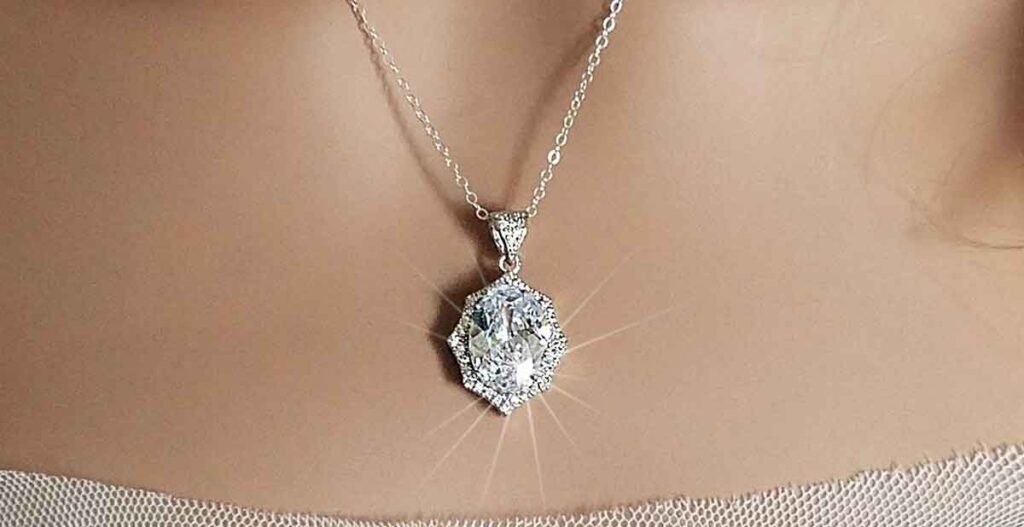
- White topaz
- White sapphire
- Opal
Future articles will surely dwell on these, but for now, the focus is on the top two.
Bear in mind that moissanite, in this case, is also lab-created. So if you are curious and are wondering “are lab-grown diamonds the same as moissanite?” and vice-versa?
The answer is “No.” Moissanite, natural or lab-created, is silicon carbide while a lab-created diamond, like its natural counterpart, is chemically carbon.
What is Better, Moissanite or Lab-grown Diamonds?
Comparing moissanite vs lab-grown diamonds is a tough nut to crack. It is not exactly an apple-to-apple comparison. Besides, according to Greek Philosopher Plato, “beauty is in the eye of the beholder.” And individual buyers have their individual tastes and standards of beauty.
At any rate, these facts should help you decide:
Sparkle
Moissanite sparkles more and more colorfully than diamonds. Moissanite reflects almost twice as much colored sparkle than diamonds. Gemologists call this property ‘dispersion.‘ Moissanite dispersion index is 0.104, compared to that of diamonds’ 0.044.
Color
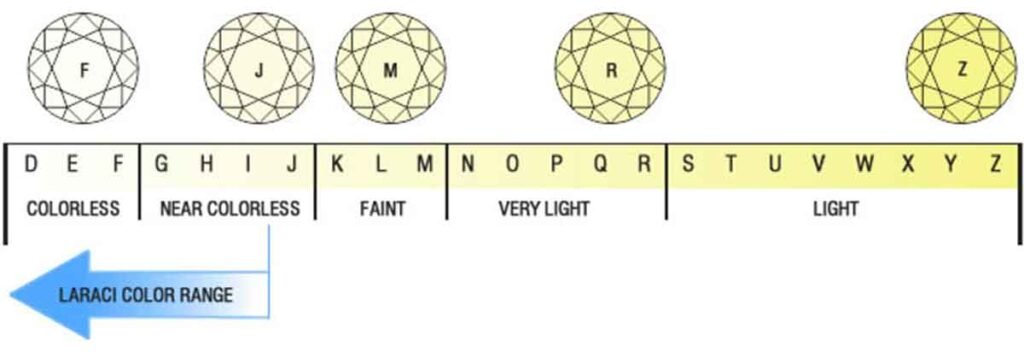
Lab-grown diamonds come in a variety of colors, i.e., colorless, near-colorless, or any of the rainbow colors. While moissanite only comes in colorless, near-colorless, or yellowish-green shades. In the past decades, moissanite in jewelry was yellowish. Advances in technology have created blue or green moissanite.
Refraction
This .is a gem’s property to bend and break light into different spectrums. Diamond is singly refractive, while moissanite is doubly refractive. What this means to laypeople is that when viewing moissanite at a certain angle, its facets will look double. Other gems showing this characteristic are sapphire, tourmaline, and zircon.
Hardness
When it comes to hardness, no gem can beat the diamond. It is a 10 on the Mohs scale. Following closely behind is moissanite at 9.25.
Price
Price-wise, moissanite has a big edge over lab-grown diamonds. A carat of moissanite costs around $ 600, while a lab-created diamond of the same weight is between $ 3,000 to $ 4,000. This, obviously answers the question, “is moissanite more expensive than lab-grown diamonds?”
Note: the above price difference does not hold true for natural diamonds. But when talking about physical properties, moissanite vs diamond, they are the same. Though created in a lab, synthetic diamonds are physically and chemically the same as mined or natural diamonds.
Moissanite vs Lab-grown Diamonds?
When, despite all the above, you are still undecided which to pick, consider these:
Moissanite if:
- You are not totally biased towards diamonds
- A super-sparkly stone, but not necessarily a diamond, appeals to your tastes.
- Durability is one of your concerns. Though not as hard as a diamond, it is hard enough to last a lifetime.
Lab-grown diamond if:
- You want an engagement ring of the hardest and most durable material.
- The sparkle of a mined diamond is more important to you.
- A credible gem certification makes you feel proud of your possession.
- You are on a budget and wants the nearest thing to a real diamond
Moissanite vs Lab-grown Diamonds on Reddit
Before digging into moissanite vs lab-grown diamonds on Reddit, familiarize yourself first with this interesting social media platform.
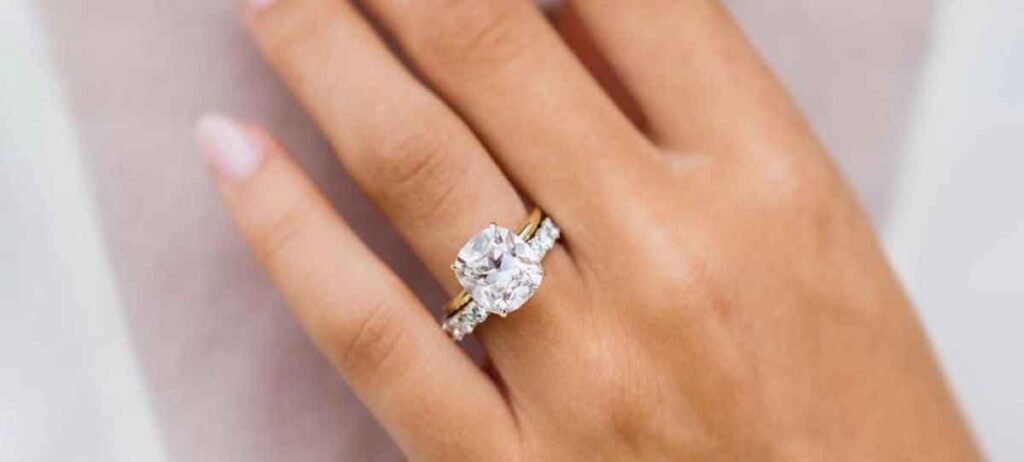
Reddit is an American social media platform, very similar to FB and Twitter. And like them, Reddit allows members to submit content such as links, text posts, images, and videos. It combines web content, social news, a forum, and a social network into one huge platform. To create synergy, Reddit allows members to discuss and vote on content that other members have submitted.
It’s very popular with the ‘nerdy’ slice of the population because it’s an incredible source of information in practically every field of human knowledge—including moissanite and lab-grown diamonds.
Here are some moissanite vs lab-grown diamonds Reddit posts. (Note: these are edited and parsed to satisfy Readability requirements).
Reddit entry:
“We’ve been looking at engagement rings for a long while and are trying to figure out stones. We’ve narrowed it down to lab-grown diamonds and moissanite.”
“I didn’t think the diamonds were all that pretty when looking at a lot of pictures online until I saw lab-grown in person and it was beautiful! However, no shops in our area carry moissanite so we can’t compare them in person (plus COVID).”
“From looking online, it looks like moissanite has a lot more fire compared to lab-grown diamonds. The fire looks like it might be really pretty and fun, but it also looks like it might be too much in some cases. We looked at white sapphires, but those didn’t catch our eyes the way moissanite and lab-grown diamonds did.”
Member comment:
“…On a personal note, I decided I will be going with a lab diamond despite spending hours days WEEKS spent on Reddit, Instagram, Youtube trying to convince myself that moissanite was for me. Personally, a lab diamond is the best of both worlds—much more economical than a mined diamond, but is still a real diamond. And ultimately, I realized that deep down it’s very important to me to have a real diamond, no matter how much I wish it wasn’t.”
Reddit entry:
“Reddit I am about to purchase an engagement ring for my SO, we have talked about it and she is more than happy with moissanite or lab-grown diamonds. The catch is now I’m sitting here going through google trying to get the facts and just getting told that they are both crap and buy ‘real’ diamonds. So people of frugal who have Moissanite or Lab Diamonds, are you happy with them? Where did you purchase them?”
“P.S. I have ordered a ring from Moissaniteco.com for only $600 for a 1.5ct round cut forever brilliant moissanite in 14k gold!”
Member comment:
“My wife’s ring is moissanite. It is frankly the best-looking stone either of us have ever seen, and she gets compliments on it all the time. No one could ever guess it’s not a diamond just by looking at it; it has more fire and better clarity than a diamond, and as a result, picks up the color of the ambient light a little more—not enough that you notice unless you are looking for it and are a photographer who’s used to evaluating the color of light like we both are.”
“I looked at created diamonds as well, but the higher fire of the moissanite /along with the lower cost) was a huge selling point, and neither of us has a single regret about the choice.”
The debate of which is better between the two—moissanite vs lab-grown diamonds—will never end because the comparison is not between two similar things. They are dissimilar and occupy different niches in the jewelry business. And as gleaned from Reddit entries, the choice ultimately boils down to personal choice.
Now, if you want to learn more about other stones that are just as attractive as moissanite and diamonds, Check out our article, “Top 12 Blue Gemstones: A Fancy Guide for Jewelers.“
